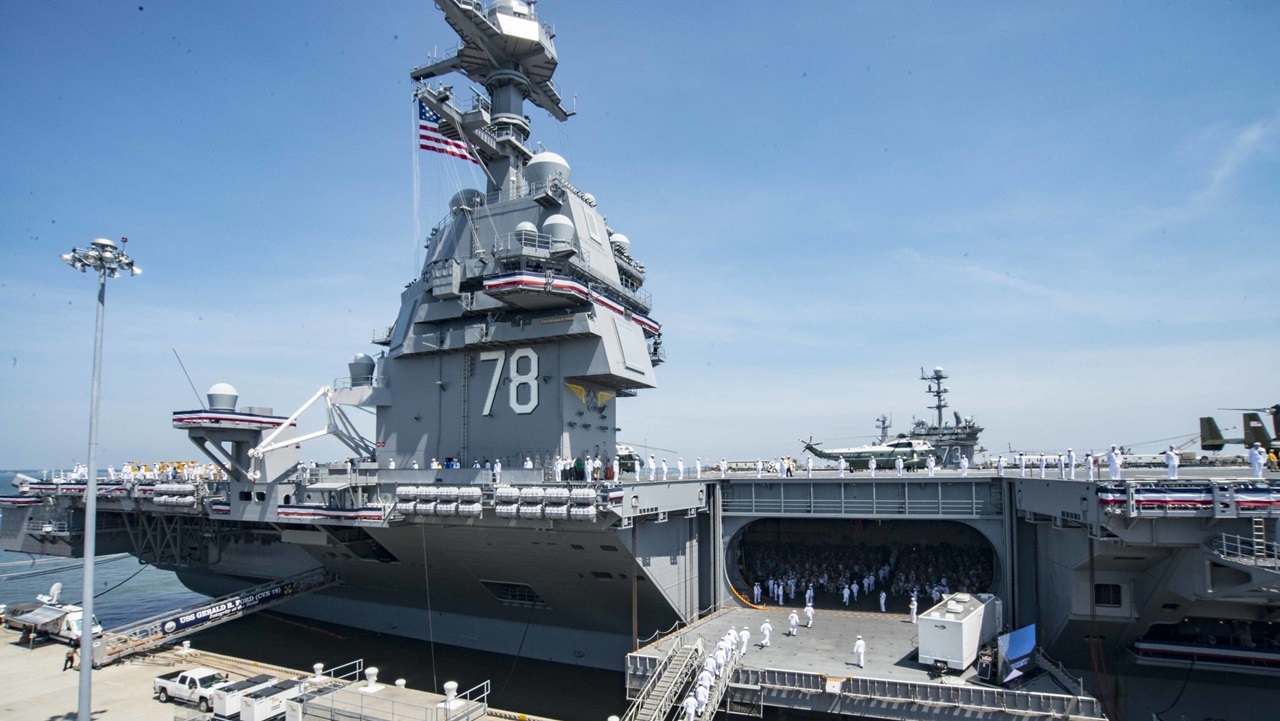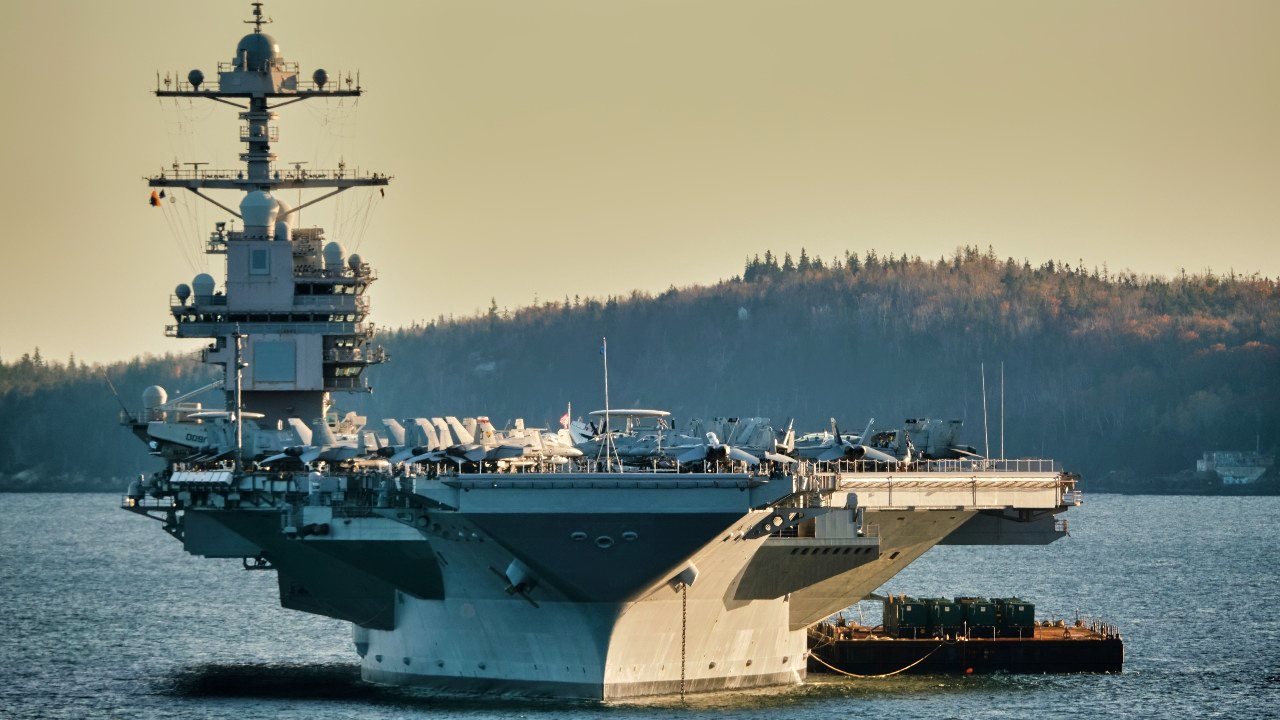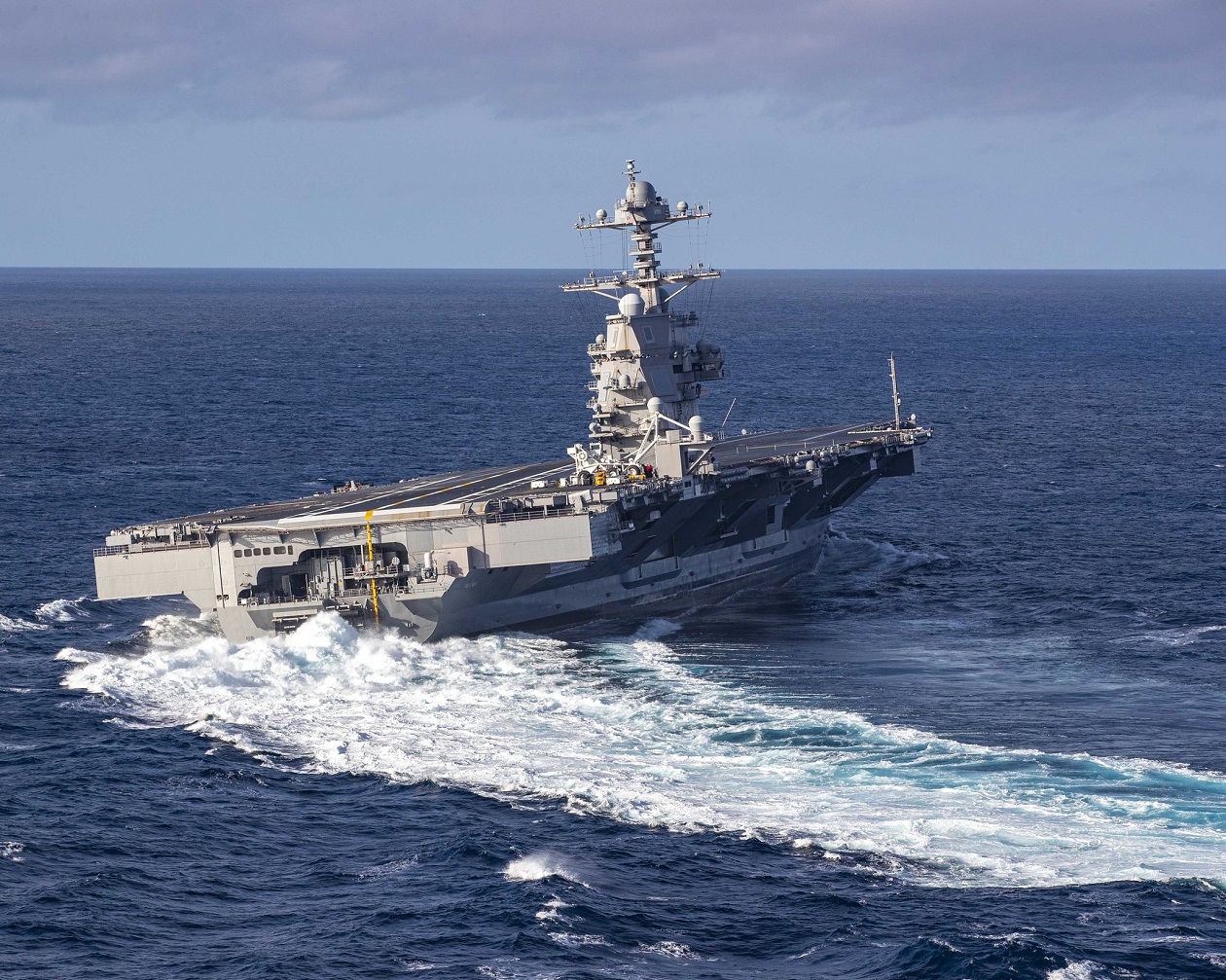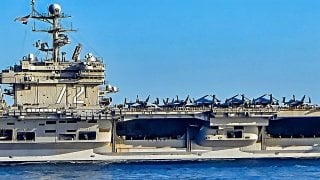How America Can Beat China in a War
The good news for the U.S. and military allies is that they already hold the key terrain China covets in a war. They need not wrest it from anyone.
Ground power is central to maritime strategy, in the Western Pacific as elsewhere. General Charles Flynn, commander of U.S. Army Pacific, told the annual gathering of the Association of the United States Army last year that China boasts three core advantages over the United States and its Asian allies. Ground forces supported from sea, air, and space represent the allies’ offset.
What Advantages China Has in a War
First, said General Flynn, China enjoys “interior lines” relative to the allies. This is a geometric, geospatial way of parsing the strategic and operational relationship between potential foes. Think of it in terms of a circle centered on one antagonist. That’s the interior power. Likely military engagements would take place somewhere along the circumference of the circle, meaning the interior combatant’s forces would have the luxury of traversing short, direct routes to scenes of fighting while maneuvering between separate engagements if need be.
Operating along the circle’s radii makes the interior power faster and nimbler, helping it mass forces at the right point in space at the right time for action. Meanwhile the exterior contender, presumably approaching the battlespace from afar, has to range around the circle’s circumference, taking longer, more circuitous routes to the battleground. Those are the “exterior lines.” The imperative to move around the periphery makes it harder, slower, and more costly for the exterior power to stage superior combat power at the time and place of battle.
Advantage: China. Allied forces would need to close on likely battlefields such as the Taiwan Strait or South China Sea on strategically exterior lines while China’s People’s Liberation Army (PLA) avails itself of the interior lines.
Second, Flynn observed that the PLA has the advantage of mass to go along with its central geographic position. It has constructed large forces to tame China’s environs. For example, the PLA Navy is now the world’s largest by numbers of hulls, and no slouch with regard to technology and other measures of quality. The PLA Navy is joined by the world’s largest coast guard, and by a maritime militia embedded in the world’s largest fishing fleet. Backing up China’s sea forces are shore-based striking arms such as the PLA Rocket Force, which fields anti-ship ballistic and cruise missiles able to deliver precision firepower throughout that hypothetical China-centered circle. Missile-armed PLA Air Force warplanes likewise make their weight felt within the zone.
Mass is seldom sufficient in itself, but it is necessary in battle.
And third, Flynn noted that China has “magazine depth.” That means the PLA has built up a large inventory of munitions for its forces to deploy in combat. The more rounds on hand, and the greater the industrial capacity to keep replacements coming, the more staying power a force exhibits. Compare Chinese magazine depth to the West’s struggles to produce enough ordnance to resupply Ukraine and now, presumably, Israel. Together these factors make China a formidable opponent.
But.
How America and the Allies Win
Flynn rightly pointed out that the allies mainly need to deny the PLA key terrain, chiefly along the first island chain. That means they need to slow down the tempo of operations. If the war is short and sharp, China will prevail for reasons Flynn cited. But if the allies entrench themselves on prime real estate within the anti-access zone, they could defy the PLA to come and take the ground while operating on tactically exterior lines. They could flip the script on China, making use of interior lines.
The greats of military and naval strategy would concur with Flynn. British naval historian Julian S. Corbett, channeling German field marshal Helmuth von Moltke the Elder, notes that strategic offense coupled with tactical defense constitutes the strongest form of war. What he means is this. Strategic offense is more decisive than strategic defense. If you can seize some object you desire that the enemy has left unguarded or lightly guarded, you will have accomplished your offensive goals while hastening yourself toward victory. Then you defend that object to the utmost, leveraging the fact that tactical defense is stronger than tactical offense. It’s simply hard to root out entrenched defenders—witness the Ukrainian army’s fitful progress against Russian defenses-in-depth.

Strategic offense, tactical defense. Possession is nine-tenths of the law in affairs of arms. Grab and hold.
The good news for the allies is that they already hold the key terrain that China covets. They need not wrest it from anyone. They just need to hold it, mounting a stubborn tactical defense from a position of advantage. Sea, air, space, and cyber forces can help hold PLA sea and air forces at a distance from Pacific islands, and so they must. But they are ultimately the “supporting” element of allied combat power—the enabler. Land forces on the islands are the “supported,” decisive element. In the end it is soldiers and marines, not sailors or aviators, who will—or will not—hold the contested ground.

But there’s an even more basic point to be made. As Corbett declares, all wars are settled on land because land is where people live. The navy—Corbett was writing just before the onset of military aviation—exists to help the army control events on shore. Admiral J. C. Wylie goes further, depicting “the man on the scene with a gun” as the final arbiter of who wins and who loses in warfare. In other words, the soldier—or, more accurately, bodies of soldiers toting more firepower than any rival—is who controls whatever turf or physical object military commanders have determined needs to be controlled.

And control, says Wylie, is the point of military strategy.
Welcome to the sea services, U.S. Army.
About the Author and His Military Expertise: Dr. James Holmes
Dr. James Holmes is J. C. Wylie Chair of Maritime Strategy at the Naval War College and a Distinguished Fellow at the Brute Krulak Center for Innovation & Future Warfare, Marine Corps University. The views voiced here are his alone.
All images are Creative Commons.


